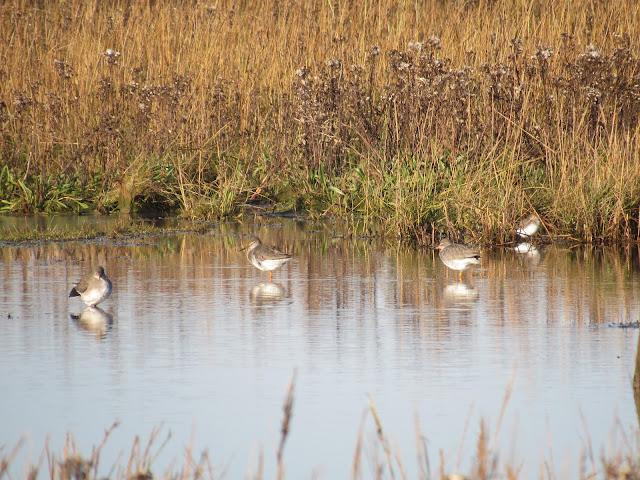 |
| John Love's definitive study |
BACK in 1983, John Love wrote The Return of The Sea Eagle, a fascinating study of how a raptor lost to the UK as a breeding species since 1916 had successfully been introduced on the Hebridean island of Rum from Norway.
Although the project probably attracted few headlines than similar initiatives to restore two other birds - the osprey at Loch Garten on Speyside and the avocet at Minsmere in Suffolk - it was, in its own way, more of a challenge and hence more impressive.
Since then, the sea eagle has become established, notably on the islands of both Mull and Skye, with the spin-off benefits of providing a massive boost to tourism and of safeguarding commercial mussel farms from eider duck which are terrified of eagles.
Love's 1983 book is now out of print, and, as an ornithology classic, attracts high price on the secondhand market.
Happily, the same author has also published an even more authoritative follow-up, A Saga of Sea Eagles, which picks up the story from 1983.
It was written too soon to accommodate material about the latest initiatives on the Isle of Wight, but it is a cracking book - fast-paced, full of information and anecdotes, plus an appendix listing the population status of sea eagles in individual countries throughout the world.
There is also a particularly interesting section on the bird's varied prey (no fewer than 143 items).
Apparently, it is not uncommon for the species to attack seal pups, sometimes even those that are quite bulky.
Love quotes an incident on a Scottish isle where a seal dived, hoping to escape an attack but only after the bird had sunk its talons into the back of the terrified mammal.
How did this gruesome incident end? "A few moments later, the eagle surfaced with both wings broken and at the point of death."
In another even more bizarre incident, a teenage girl on one of the Scottish Isles watched as what appeared to be a small sailing craft came towards shore.
As it approached nearer, the reality emerged - it was a dead cow on the body of which was a sea eagle with its wings spread.
The hapless bird had evidently sunk its talons into the carcase, then been unable to free them.
The teenager was able to release the talons, but how did the eagle respond to this act of mercy?
By attacking the girl's thigh, ripping out some of its flesh, before flying off.
Although the girl recovered completely, the wound left her with a divot for the rest of her life.
Although fish represents the major part of the diet of sea eagles, it is not unknown for them to take rabbits, red deer, foxes or lambs.
But what about a young child, perhaps a baby. Do sea eagles pose any threat to young human life or limb?
Over the years, there have been many legends of such incidents, but, to this day, there is not a scrap of reliable evidence that any such attack has occurred?
The author's favourite tale is of a baby snatched taken to its remote cliffside eyrie by a sea eagle after having been left by a stack while her parents were haymaking in a field on Fetlar in the Shetlands.
But the bairn was rescued, thanks to the skill and courage of a lad who clambered up to the eyrie and retrieved her, unharmed.
You can guess what happens next. , .
Some 16 years later, the girl and her rescuer fell in love, married and lived happily ever after just as had been prophesied, so he claimed, by the teller of the tale.
Sister-projects to that in Rum have subsequently been launched at other locations including Fife and Killarney in Ireland, but whether they will prove sustainable remains to be seen, especially as the birds are vulnerable to persecution - notably shooting and poisoning.
They are also thought to be at risk from bacterial or viral infection from prey such as rats or crows.
Research indicates that the eyesight of sea eagles is between three and eight times than that of a human, but the species only has a 40 degree overlap in its field of vision compared with 120 degrees in humans.
Could this be why sea eagles are susceptible to collisions with rotating wind turbines? They see one blade but not the other two.
Tragically, Mike Madders, a pioneer in researching the impact of windfarms on raptors, drowned, along with his young son, in Loch Maree in August, 2009.
A Saga of Sea Eagles is published by Whittles Publishing at £19.99.
https://www.whittlespublishing.com




















